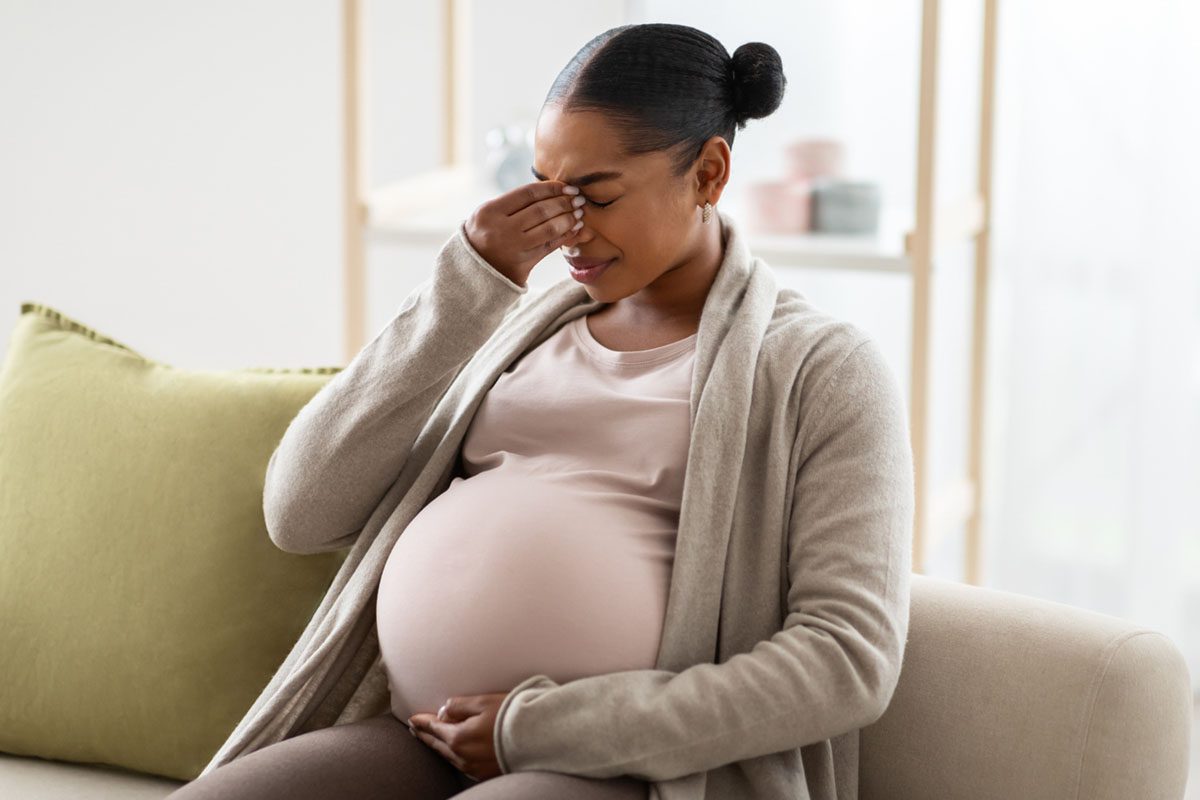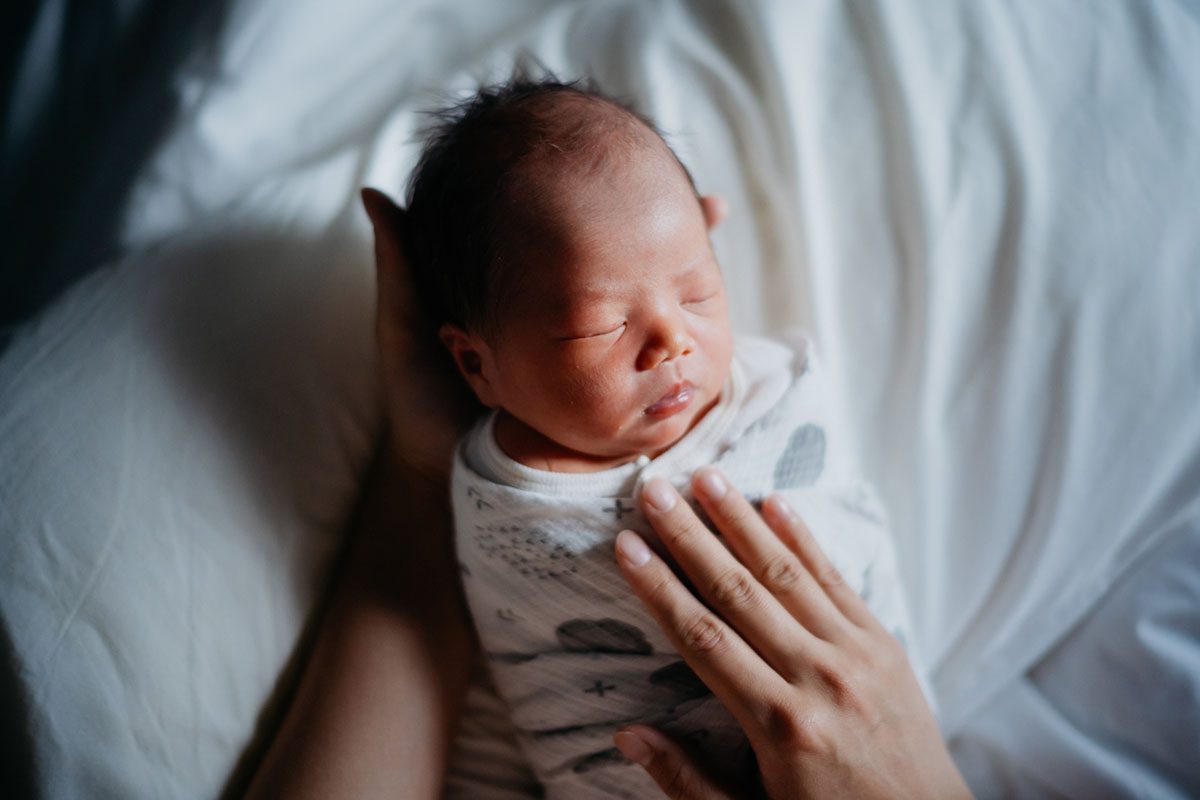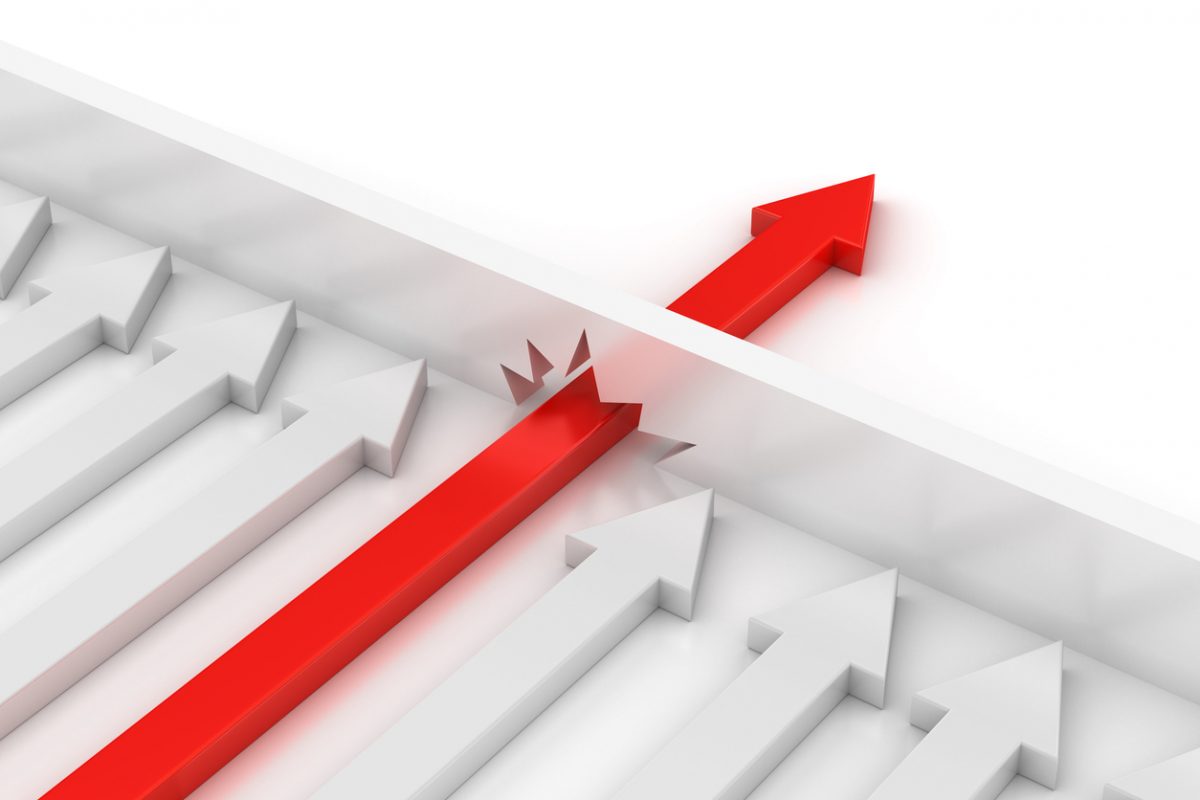Objective: The present study investigated possible therapeutic effects and safety of sequentially combined low-frequency repetitive transcranial magnetic stimulation (rTMS) to the right dorsolateral prefrontal cortex and supplementary motor area in patients with treatment-resistant obsessive-compulsive disorder.
Method: Between February 2007 and January 2008, we carried out a study with a rater-blinded, sham-controlled design in which 20 patients with treatment-resistant obsessive-compulsive disorder, confirmed by a psychiatrist after use of the Structured Clinical Interview for DSM-IV Axis I Disorders-Clinician Version, were randomly assigned to either active rTMS (n‘ ‰=‘ ‰10) or sham treatment (n‘ ‰=‘ ‰10). Over 10 days, rTMS of 1 Hz was given at 110% of the motor threshold for 20 minutes over the right dorsolateral prefrontal cortex and sequentially at 1 Hz at 100% of the motor threshold for 20 minutes over the supplementary motor area. The primary outcome measure was the Yale-Brown Obsessive Compulsive Scale (YBOCS) score.
Results: For the between-group analyses, there were no significant differences over 4 weeks between the active and sham groups on the YBOCS (F‘ ‰=‘ ‰0.01, P‘ ‰=‘ ‰.92) and the Montgomery-Asberg Depression Rating Scale (MADRS; F‘ ‰=‘ ‰0.39, P‘ ‰=‘ ‰.54). In repeated-measures analyses on all subjects, there was a significant effect of time on the YBOCS (F‘ ‰=‘ ‰5.48, P‘ ‰=‘ ‰.009) and the MADRS (F‘ ‰=‘ ‰6.55, P‘ ‰=‘ ‰.004). There were no significant group-by-time interactions for the YBOCS (F‘ ‰=‘ ‰0.03, P‘ ‰=‘ ‰.94) or the MADRS (F‘ ‰=‘ ‰0.09, P‘ ‰=‘ ‰.67).
Conclusions: These findings suggest that 10 sessions of sequential rTMS of the right dorsolateral prefrontal cortex and the supplementary motor area at low frequency had no therapeutic effect on obsessive-compulsive symptoms. However, rTMS was a safe method of treatment, and there was no significant change in cognitive function after rTMS. Further controlled studies using a more sophisticated sham system in larger samples are required to confirm the effect of rTMS in obsessive-compulsive disorder.
Trial Registration: clinicaltrials.gov Identifier: NCT00932204
Submitted: June 28, 2008; accepted November 3, 2008.
Online ahead of print: August 25, 2009.
Corresponding author: Se Joo Kim, MD, Department of Psychiatry and Institute of Behavioral Science in Medicine, Yonsei University College of Medicine, 134 Sinchon-dong, Seodaemun-gu, Seoul 120-752, Republic of Korea ([email protected]).
Please sign in or purchase this PDF for $40.00.




